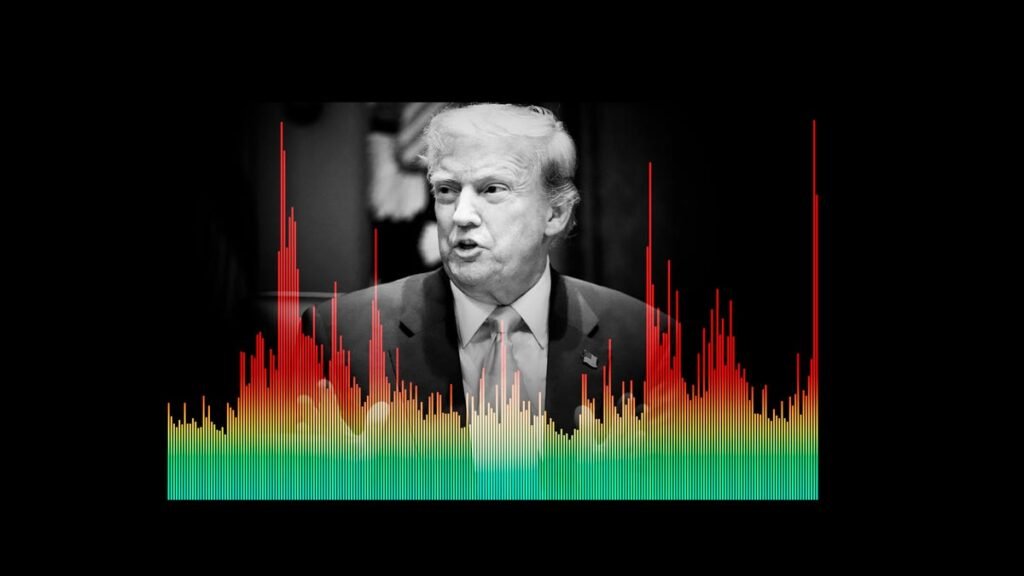Stock market uncertainty from President Donald Trump’s tariffs has even casual investors anxiously watching the VIX, commonly called Wall Street’s panic index or fear gauge.
The Chicago Board Options Exchange Volatility Index – known as VIX – measures market expectations of stock price changes over the next 30 days, according to Cboe Global Markets, which manages the index.
Investors use it to anticipate how stocks will react in stressful economic times, including those caused by tariffs. If VIX activity goes up, the stock market will probably go down.
On April 7, the index soared to 60.13, its highest closing level since the COVID-19 pandemic five years ago, Reuters reported. It later retreated and is now in the 40-50 range.
How has the Volatility Index changed?
VIX predicts market movement by measuring volatility, the up-and-down shifts of stock prices over a short time. The more stocks change in price, and how rapidly they change, shows higher volatility. That translates to stress or fear in the market.
To do this, VIX tracks S&P 500 stock options – hedge contracts that “give buyers the right to buy or sell a stock by a certain date,” according to NerdWallet. The option prices are a barometer of possible future movement in the market. VIX uses this to calculate a single number, updated throughout the day, that represents volatility.
Though VIX measures only the S&P 500’s volatility, it’s become “a benchmark for the U.S. stock market,” TD Bank says.
SOURCE USA TODAY Network reporting and research; cboe.com; Reuters; Corporate Finance Institute; Investopedia

